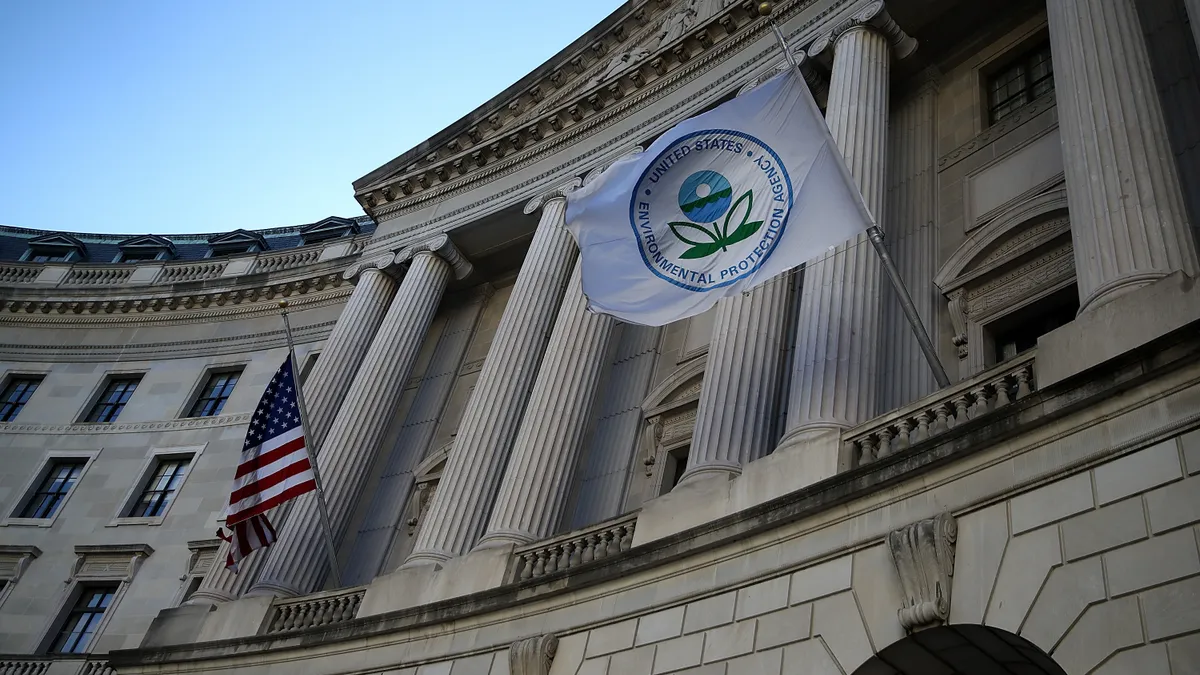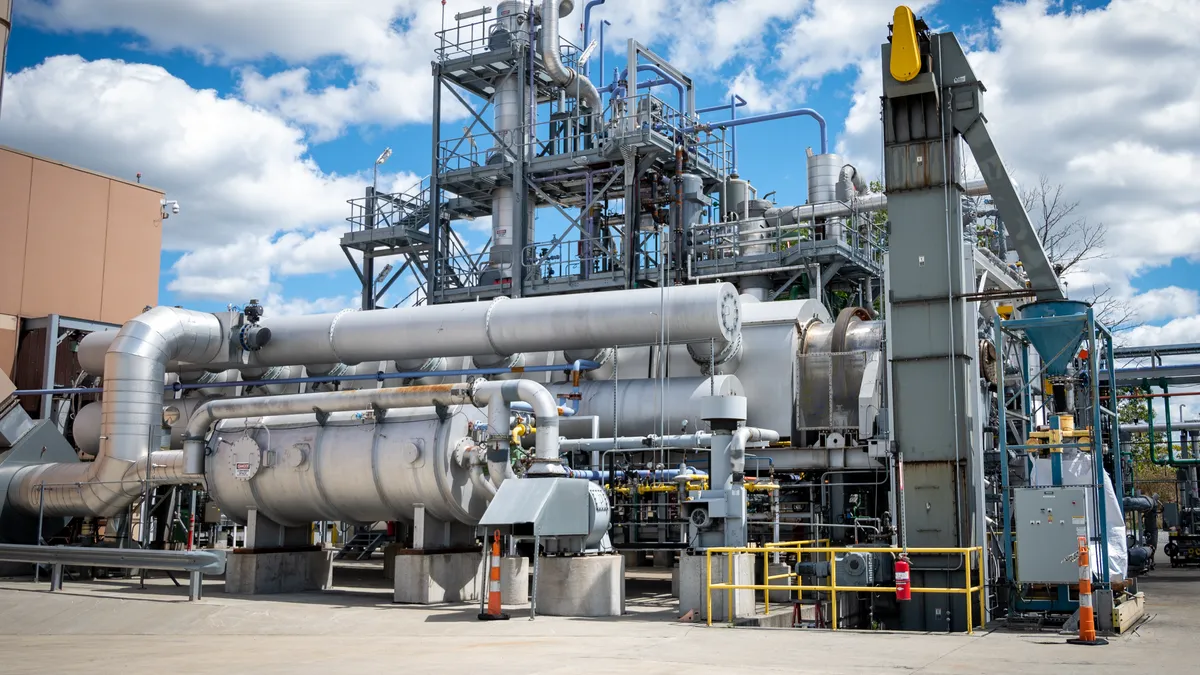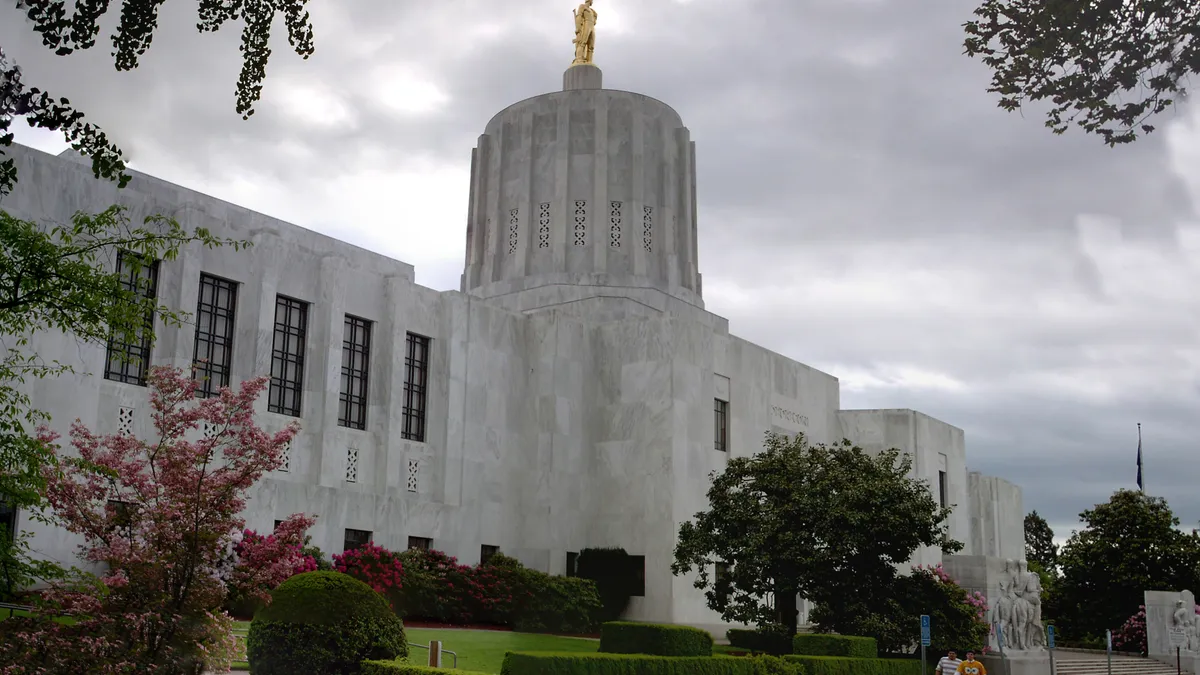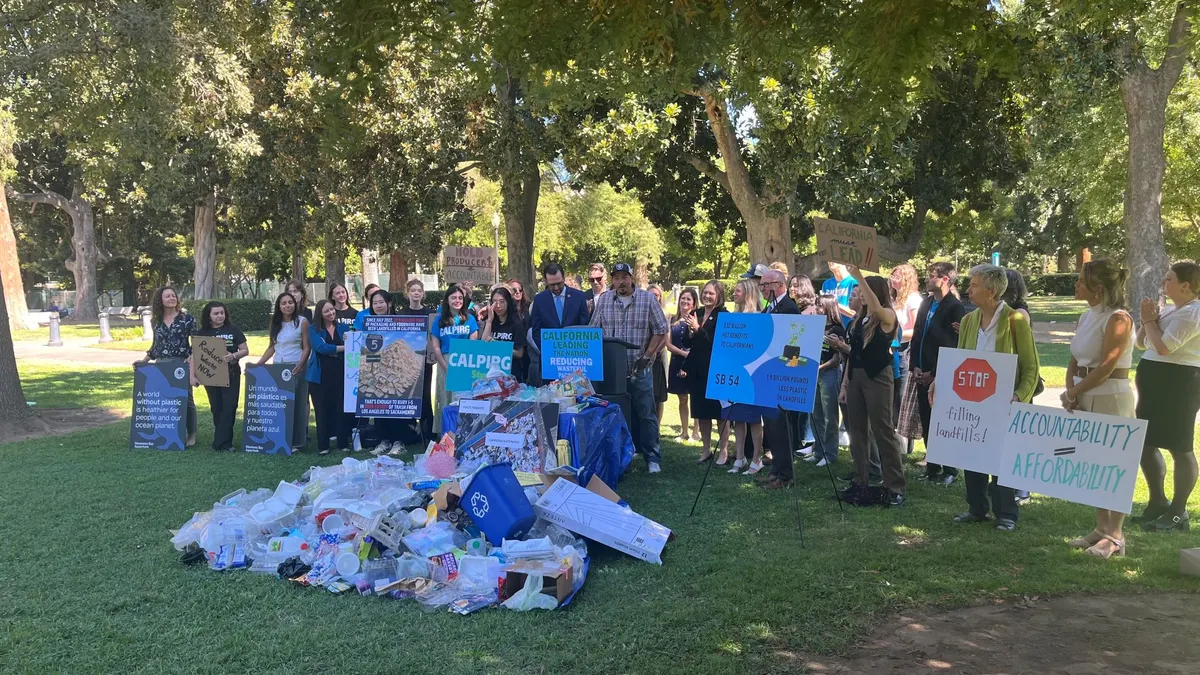While a presidential election and pending change of administration loom, Congress and the rest of the federal government still have a packed list of action items they could address by the end of the year.
The U.S. EPA’s latest Unified Regulatory Agenda includes a list of decisions it plans to take on new and pending rules this fall. It includes a swath of incinerator regulations and a long-awaited update to rules for coal ash disposal, amid other actions with consequences for the waste and recycling industry.
Meanwhile, Congress can act on priorities like the farm bill and a pair of recycling bills currently working their way through the legislature. The Department of Labor is also working on its heat standard, which gained renewed attention this year.
Below is a list of what to watch from the federal government in the months to come.
New timelines for non-MSW incinerator regulations
The EPA has some key regulatory deadlines looming for several categories of incinerators stemming from a consent decree the agency agreed to with environmental groups in April. The decree requires EPA to finalize New Source Performance Standards and Emissions Guidelines for "other solid waste incinerators" by June 30, 2026 and “commercial industrial solid waste incinerators” by Sept. 16 of this year.
The “other solid waste incinerators” category includes “certain very small municipal waste combustion and institutional waste incineration units," per the agency. EPA now says it plans to issue a supplemental notice of proposed rulemaking for it in September, per its calendar. The supplemental notice will include plans to create a new "rudimentary combustion device" subcategory that it would regulate at a later date. Such a device would process less than or equal to 10 tons per day and lack features like a chimney or ancillary power supply, per the agency. The designation was made primarily in response to feedback from the state of Alaska and tribal representatives from rural communities who say they use such devices.
In the same consent decree, EPA also agreed to update NSPS and EG regulations for commercial and institutional solid waste incinerators by Sept. 16. The agency first circulated its notice of proposed rulemaking for the category in January 2017 but never finalized the update, leaving some facilities essentially covered under regulations last updated in 2000, per the environmental groups that sued for an update.
EPA now indicates its final rule will come in November. The category applies to units located at commercial or industrial facilities that burn any amount of solid waste, specifically incinerators, energy recovery units, boilers or kilns.
Finally, the agency has indicated it will make a change to its rules for hazardous waste combustors. Following a lawsuit filed by the Sierra Club, the EPA said it will “remove emission limit exemptions for periods of malfunction” for certain facilities under the rule in November.
Large MSW combustors regulatory update
More than a decade after it came due, the EPA plans to issue a final rule updating emissions regulations for large municipal solid waste combustors. The agency indicated it would issue a final rule for New Source Performance Standards and Emissions Guidelines in November, in line with a consent decree it reached with environmental groups last year.
The update brings long-awaited changes to regulations on nine pollutants — including sulfur dioxide, dioxins and nitrous oxides — affecting more than 60 facilities nationwide. EPA circulated a notice of proposed rulemaking for the category in January, which estimated the update would reduce regulated pollutants by 14,000 tons annually.
Regulations coming for coal combustion residuals
The EPA is planning to finalize a new program in October that would create a federal permitting structure for facilities that are responsible for the disposal of coal combustion residuals, or coal ash. The agency first issued a notice of proposed rulemaking for the process in 2020, after the passage of the Water Infrastructure Improvements for the Nation Act in 2016.
The WIIN Act set up a regulatory structure in which states could create their own permitting program for CCR facilities. Those that did not — and tribal lands — must be covered by a federal program set by the EPA. The agency's proposal would apply to about 280 coal ash ponds and landfills, subjecting them to new lining and groundwater remediation requirements.
Overdue farm bill's prospects
The U.S. Department of Agriculture’s five-year budget reauthorization expired last year. Congress passed an extension at that time funding the agency for another year, but it’s due to expire on Sept. 30. Lawmakers now say they are hoping to get a deal done in the coming months, though likely past that extension’s expiration.
The Democrat-controlled Senate has passed its own version of a farm bill while the Republican-controlled House has a bill passed by its agriculture committee that has yet to receive a full vote. Senior lawmakers in both chambers have indicated they’d like to get a deal done soon, with Republicans in the House signaling it may come during the “lame duck” period after the election on Nov. 5.
The farm bill has become a growing source of federal funding for waste and recycling interests, especially in the realm of organics. The Zero Food Waste Coalition, which includes food waste nonprofit ReFED, the Natural Resources Defense Council and Harvard Law School's Food Law and Policy Clinic, has called for $200 million in funding via the farm bill to enhance infrastructure for food reuse and recovery. The competing draft farm bills contain several measures that could provide a boost for anaerobic digestion, composting and other organics programs, though funding and specifics still differ.
Updating EPA’s approach to recycling data
Increasing recycling data collection is a long-term goal for the EPA as part of the agency’s draft National Recycling Strategy. One aspect is the EPA’s ongoing work to improve the methodology it uses to gather and publish its Facts and Figures about Materials, Waste and Recycling report. That report, which is meant to offer high-level data on the country’s recycling rate and other recycling information, was last updated in 2020 with 2018 data.
The EPA told Resource Recycling that it could publish an updated version of that report sometime later this year. The agency has previously said it’s a challenge to standardize state-to-state data, but agency officials have hinted that more types of data and more kinds of recycling and circular economy datasets could be published in the future. Those reports could offer a more updated picture of the U.S. recycling and waste diversion system.
Recycling bills pending consideration in the House
A pair of bipartisan federal bills passed the Senate in March and now await action in the House.
The Recycling Infrastructure and Accessibility Act aims to create a recycling infrastructure pilot program to make services more accessible to rural and disadvantaged communities. The Recycling and Composting Accountability Act calls for the collection of more types of national recycling and composting data and considers the feasibility of implementing a national composting strategy. Senate Environment and Public Works Chair Tom Carper, D-Del., and ranking member Sen. Shelley Moore Capito, R-W.Va, sponsor the bills. The bills have received broad industry support.
Recycling has also been the focus of a series of Congressional hearings in 2024 in an effort to urge lawmakers to support national efforts to raise recycling rates.
OSHA seeking comments on proposed heat standard
The U.S. Department of Labor recently opened the public comment period on its proposed heat standard rule, meant to protect indoor and outdoor workers from extreme heat. It calls for employers to develop a detailed Heat Injury and Illness Prevention Plan to reduce heat-related hazards in the workplace.
It’s unclear how a final rule would affect specific daily operations for waste and recycling workers, but the industry expects it to have some impact and is watching closely for more details. According to the proposed rule, employers would need to monitor for heat risks on job sites and provide drinking water, rest breaks and shade or other temperature controls. It also would require plans for safely acclimatizing workers to high heat environments.




















